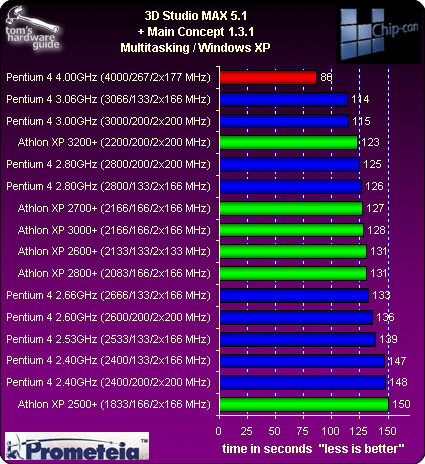
It dictates how long a processor should stay in PL2 mode before hitting a PL1 mode.
#S gear 2 max cpu series
This means that if Intel has defined a processor with a series of turbo modes, they will only work when PL2 is the driving variable for maximum power consumption. This number is higher than PL1, and the processor goes into this state when a workload is applied, allowing the processor to use its turbo modes up to the maximum PL2 value. PL2 is the short-term maximum power draw for a processor. For all intents and purposes, the PL1 is usually defined as the TDP of a processor. PL1 is the effective long-term expected steady state power consumption of a processor. Intel calls these numbers PL1 (power level 1), PL2 (power level 2), and T (or tau). To simplify, there are three main numbers to be aware of. Ultimately it gives a really fuzzy reading at exactly what the power consumption of a processor will be when it is in a system. This sounds all well and good, however these power levels and capabilities can be adjusted at the firmware level, allowing OEMs to decide how they want the processors to perform in their systems. Inside each processor, Intel defines several power levels based on the capabilities and expected operating environments. As we add on the cores, without changing the TDP on the box, something has to give.
#S gear 2 max cpu full
In the past, we would see quad-core processors have a rating of 95W but only use 50W, even at full load with turbo applied. The recent advent of six-core and eight-core consumer processors going north of 4.0 GHz means that we are seeing processors, with a heavy workload, go beyond that TDP value. Over the last decade, while the use of the term TDP has not changed much, the way that its processors use a power budget has. So TDP is Meaningless? Why is it now an issue? All of a sudden that fast processor isn't living up to its peak capabilities. If the cooling isn’t sufficient for the turbo modes, and the processor reaches its temperature limit, most processors will go into a power limited mode, reducing performance to stay within that power limit. If more performance is required, it needs to go in the bin, as you’ll need something better.īut the manufacturer doesn’t tell you that. It means that the processor will be operating above its TDP rating all the time, and that 65W cooler you purchased (or perhaps it even came with the processor) has become a bottleneck of sorts. What makes it all the more complicated is when none of those turbo modes go down to the base frequency.

The all-core turbo value for a processor like the Core i7-8700 is 4.3 GHz, which is well above the guaranteed 3.2 GHz. As mentioned, something like the Core i7-8700 can have a turbo of 4.7 GHz, which draws a lot more power than the processor running at 3.2 GHz. On top of the base values, Intel implements Turbo. Intel does not guarantee any level of performance above this 3.2 GHz / 65W value. This means that a processor like the 65W Core i7-8700, which has a base frequency of 3.2 GHz and a turbo of 4.7 GHz, is only guaranteed to be at or below 65W when the processor is running at 3.2 GHz. For any given processor, Intel will guarantee both a rated frequency to run at (known as the base frequency) for a given power, which is the rated TDP. If a processor used the TDP as its maximum power limit, then we would see the same benchmark produce graphs like this with a high-powered, many-core processor.įor the last however many years, this is the definition of TDP that Intel has used. Within a system, the TDP is a value that can be set in the firmware. Some energy dissipation also occurs through the socket and motherboard, which means that technically the cooler rating can be lower than the TDP, but in most circles TDP and power consumption are used to mean the same thing: how much power a CPU draws under load. TDP is the minimum capacity of the CPU cooler required to get that guaranteed level of performance. Most people equate a chip's TDP rating directly to its maximum power draw, given that the heat energy that needs to be dissipated from the processor is equal to the power consumed in doing calculations. Normally, the TDP rating is that specific power.īut TDP, in its strictest sense, relates to the ability of the cooler to dissipate heat. With every processor, Intel guarantees a specific frequency at a specific power, often with a particular grade of cooler in mind. In this guide, we want to give you a proper understanding why this is the case, and why it gives us reviewers such a headache. Intel’s latest eight-core processors are still rated at a TDP of 95W, and yet users are seeing power consumption north of 150-180W, which doesn’t make much sense.
#S gear 2 max cpu Pc
One of the recent topics permeating through the custom PC space recently has been about power draw.


 0 kommentar(er)
0 kommentar(er)
